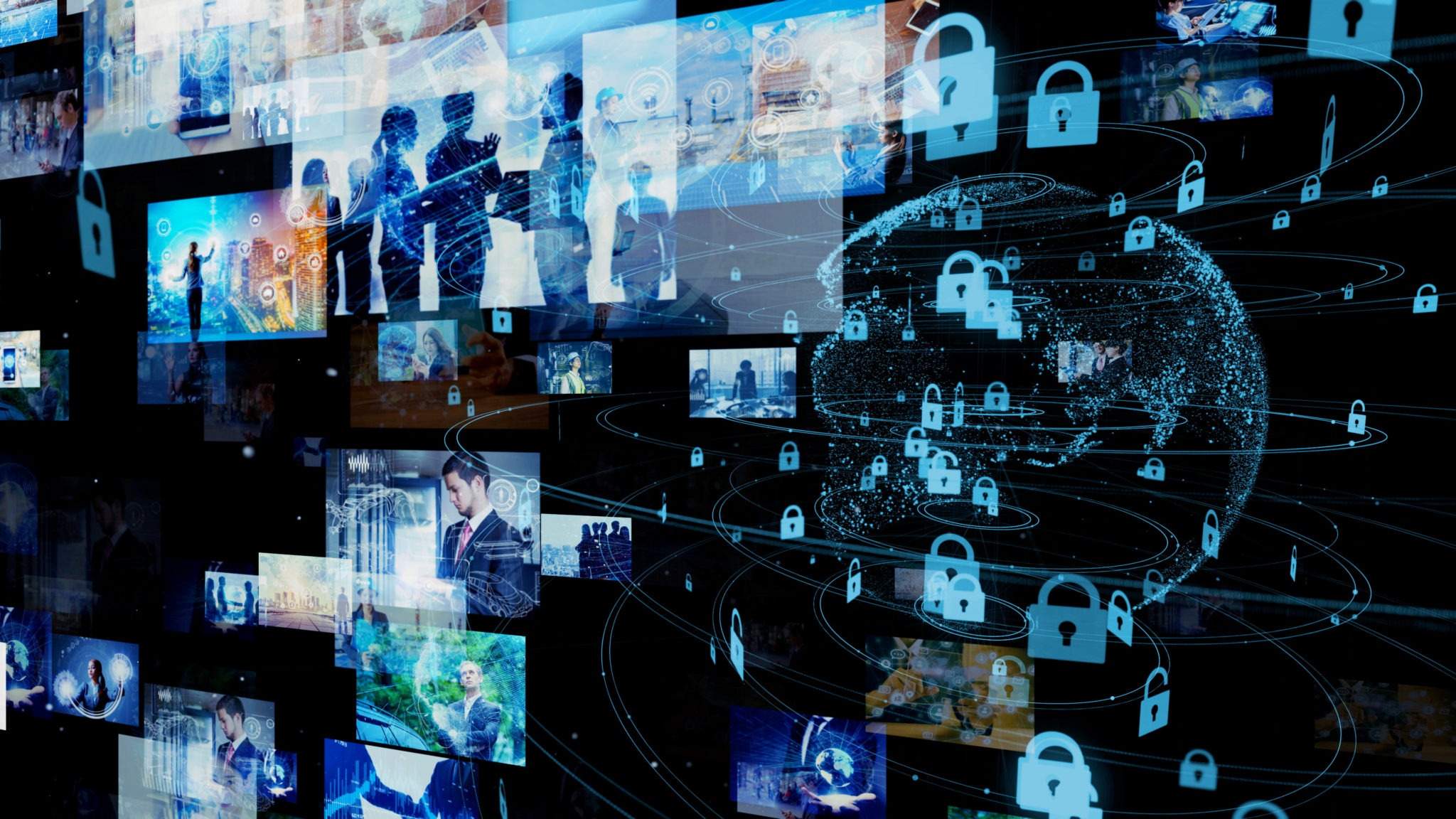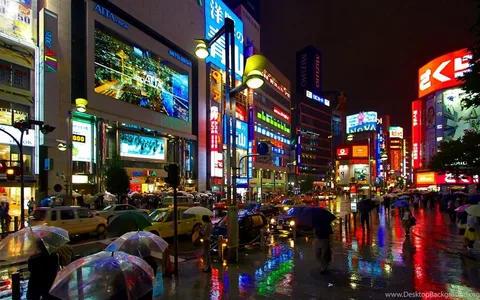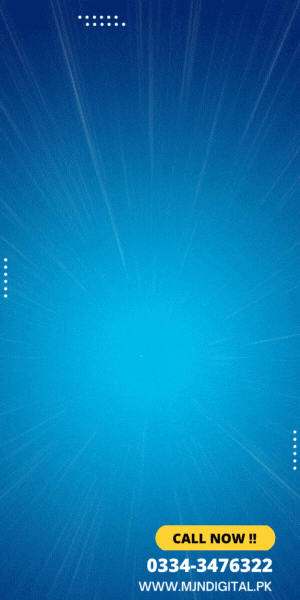
Digital signage for retailers opens up many new possibilities for store fronts and can make a real difference to shoppers.
The effectiveness of digital signage solutions compared to traditional merchandising tools such as static light-boxes, stands and signs is that it is always attractive due to easily and constantly updated content.
These days, in order to be successful, retailers need to ensure a memorable store visit and high customer loyalty.
What is the undeniable competitive advantage of offline retailers in this regard compared to online trading platforms? The answer is obvious: a unique atmosphere.
Video walls, digital menu boards, interactive kiosk, digital standee and SMD display are one of the effective modern tools for creating an unforgettable store image and help retailers increase sales with digital signage system.
One of the ways retailers have brought digital to brick-and-mortar stores is through digital signage. Digital signage is exactly what it sounds like: signs and screens you can use throughout your retail store that display advertisements, videos, traditional shop sign or any other message you want to convey to buyers.
68% of customers say digital signage would make them more likely to buy advertised products.
44% even said it would influence them to buy the advertised product instead of a product they already planned to purchase.
What is digital signage?
Digital signage–display screens that convey a message–can be found at airports, restaurants, transit stations, retail stores, and on city streets. The message can be in the form of video, static image, text, interactive touch screens, or even live TV.
In a retail environment, digital signage is instrumental to marketing the store—you can highlight new product releases, run an ad, promote a discount, or simply tell your brand’s story. The possibilities are limitless.
Benefits of digital signage for retailers
There are numerous benefits of digital signage, including:
- Draw in window shoppers and increase foot traffic
- Share your brand’s story
- Share product information and upsell/cross-sell
- Bring your online efforts in-store
- Generate loyalty
Let’s look at a few ways digital signage can help boost customer experience and grow your bottom line.
1)Draw in window shoppers and increase foot traffic
With digital signage, you can create powerful and engaging displays that attract window shoppers. You can take it up a notch by creating displays that move, like a video. Interactive signs pique a shopper’s interest, encouraging them to walk in and check out your store.
For instance, Bloomingdale’s put up this interactive display where you can try out sunglasses simply by standing in front of the display.
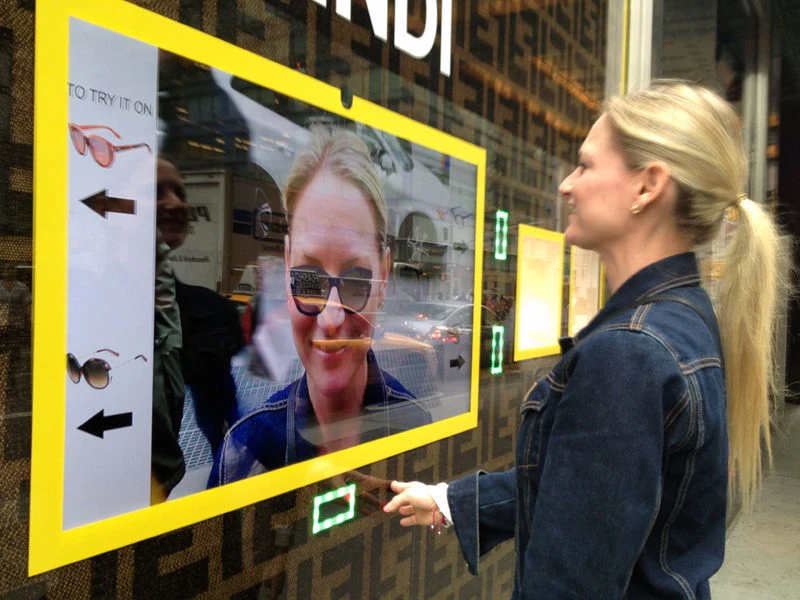
2)Share your brand’s story
Even if you plaster your store with signage that talks about your brand, you only have so much space. Digital signage removes that limitation—you can tell your story the way you want.
Retailers like Toms and Ben & Jerry’s are known more for their brands than their products. It’s the story that draws customers in and keeps them coming back. Digital signage frees up the square footage to tell that story right in your store, and offers you a high-tech, visual way to relay your brand story to shoppers.
3)Share product information and upsell/cross-sell
One effective way to use digital signage is to display information on your top-selling products. Right from product material details to comparisons with other products, these displays can help your customer make an informed buying decision and free up sales associates’ time.
Speaking of productive time usage, consider programming your digital displays to share promotions, complementary products, add-ons and extra packages. Automated digital stations can help you grow your revenue beyond what the sales associates are already doing.
4)Bring your online efforts in-store
Are you actively marketing your brand online? How about sharing some of those efforts in-store? If you’re collecting customer testimonials from online buyers, for instance, consider sharing them through a digital display. Customers love social proof, and it can help them in their buying decision.
Did you recently write a blog post about the top benefits of your product? Consider creating an infographic and sharing it through a digital display. Succinct content on the display can help customers instantly understand the advantages of buying the product; because they have to explain less, it also makes the sales associates’ job easier.
5)Generate loyalty
By simply adding engaging content on a screen near the register–to sign up and use your loyalty programs, download your brand’s mobile app, or sign up for the weekly newsletter—you can draw your customers closer. The possibilities are endless.
Since they’re already waiting in the queue, near-the-register displays are also a great place to play longer storytelling content that talks about your brand and its mission. This not only engages the viewer, it also cuts down perceived wait times and helps create a better customer experience.
Components of digital signage
- Hardware
- Software
- Content While there are multiple ways to set up digital displays at your retail store, the essential parts of a digital signage system remain the same.
1. Hardware
You need two pieces of hardware to set up digital signage.
Digital displays: As the name suggests, a digital display is simply a screen that plays your content. Although they look similar to normal television sets, digital signage displays can be operated for 24 hours without screen burns. Other types of digital displays include digital menu boards, video walls, transparent LED displays, digital kiosks, and interactive touch screen displays.
Media player: A media player is a device that connects to the display and sends content to it. These players also connect to the Internet, allowing you to change content on the digital signage through a web-based portal.
2. Software
You need a content management system (CMS) to show content on your digital display. There are different types of CMS available but you should ensure that the CMS is equipped with the following must-have features:
- Uploading and organizing the content
- Creating a playlist
- Distributing content to multiple screens
- Ability to show various content formats including text, image, video, and webpages
3. Content
Digital signage is only as effective as the content it plays. Content is regarded as the biggest cost component of digital signage, since you constantly need to update it to make sure it stays relevant. In terms of display content types, here are a few you can try:
- Slides/presentation
- Photos
- Graphics/illustrations
- Animations
- Videos
- 3D graphics and videos
- Live feeds
Types of digital signage
- Smart mirrors
- Digital displays
- Self-checkout kiosks
- Interactive screens
Digital signage comes in many shapes and forms—some are simple, static images, while others offer some degree of interactivity.
1. Smart mirrors
Smart mirrors are for shoppers who require a little guidance on finding the right product for themselves. They allow shoppers to see what appears to be a reflection of themselves as they try on different options or find the right size.
For example, H&M has recently rolled out smart mirrors at select COS stores in the United States. This is H&M’s second iteration of smart mirrors—they previously launched voice-activated mirrors a few years back.
These COS stores will carry smart mirrors in fitting rooms that can identify customers’ product selections, and provide personalized product/styling recommendations. You will also find these smart mirrors on the sales floor for virtual try-on and general styling.
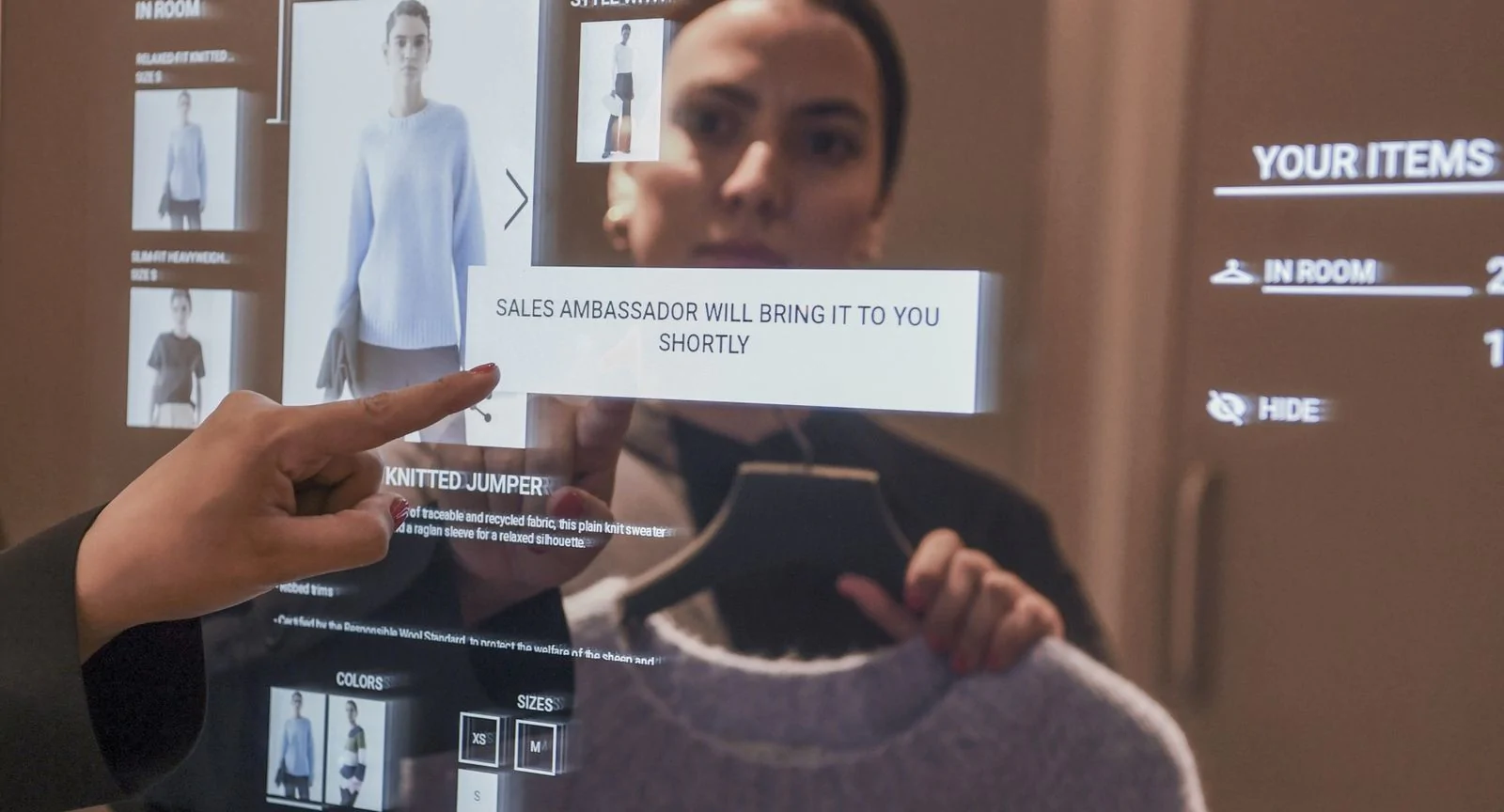
2. Digital displays

3. Self-checkout kiosks
Self-checkout kiosks have been around for some time; retailers like Walmart, Target, and CVS have widely adopted them to help customers exit the store faster while freeing retail associates for other tasks.
Other retailers like Circle K and ampm have adopted a faster solution called Mashgin, where customers don’t need to scan each item— instead, the countertop uses artificial intelligence to identify products automatically, which, in turn, helps customers check out within a matter of seconds.
4. Interactive screens
Interactive screens are an excellent way to reel customers into a retail store and keep them engaged. These screens are innovative, employ advanced tech features (like bluetooth, RFID, infrared touch), and are miles ahead of a basic video on loop.
For instance, GE Lighting created a display that allows customers to press buttons to create different scenarios. In one situation, pressing and holding a knob plays music through a bulb. In another, the demo shows a bulb adjusting from daytime to nighttime lighting. The last act generates a fake lightning storm that causes the power to go out. After the light box goes dark, the bulb pops back on to highlight the battery backup feature.

4 examples of digital signage
1. Adidas’ digitally inspired store
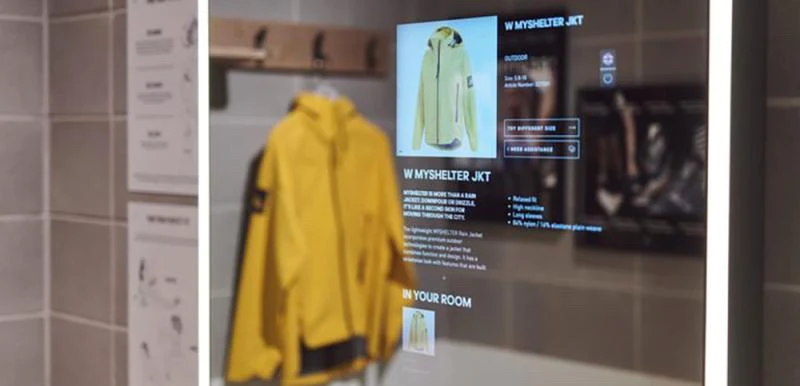
The first fitting room has mirrors that use RFID technology to detect products instantly and provide the necessary information. Shoppers can also request different sizes and colors without ever leaving the room.
The second type of fitting room boasts an immersive experience—a giant screen allows the customer to choose a backdrop and check out the product they’re trying on in a real-world environment.
2. Nordstrom and ease of shopping
Nordstrom is using digital signage to make shopping for jeans much less frustrating. Their “Digital Denim Doctor” display uses 360-degree imagery, intelligent programming, and filters to give shoppers a clear path through the choice process.

3. Sephora’s try before you buy
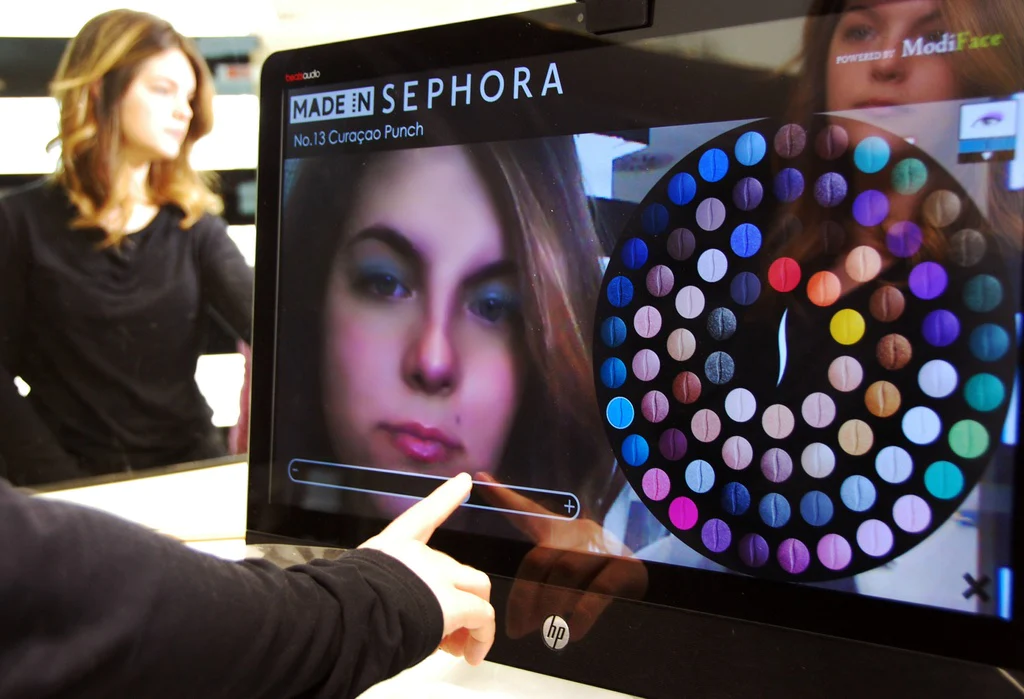
The ModiFace technology means Sephora sees fewer product returns and exchanges, and it can help draw attention to Sephora’s pop-in stores within larger retail spaces.
4. AdoreMe’s perfect fit
Finding the perfect fit for each body type is a challenge in the world of fashion. Fortunately, AdoreMe has implemented a possible solution at its 7000-square feet Tennessee store.
The store showcases nine large fitting rooms equipped with 3D body scanners from Fit3D, designed with two separate spaces to allow the sales associate to come without violating the customer’s privacy.
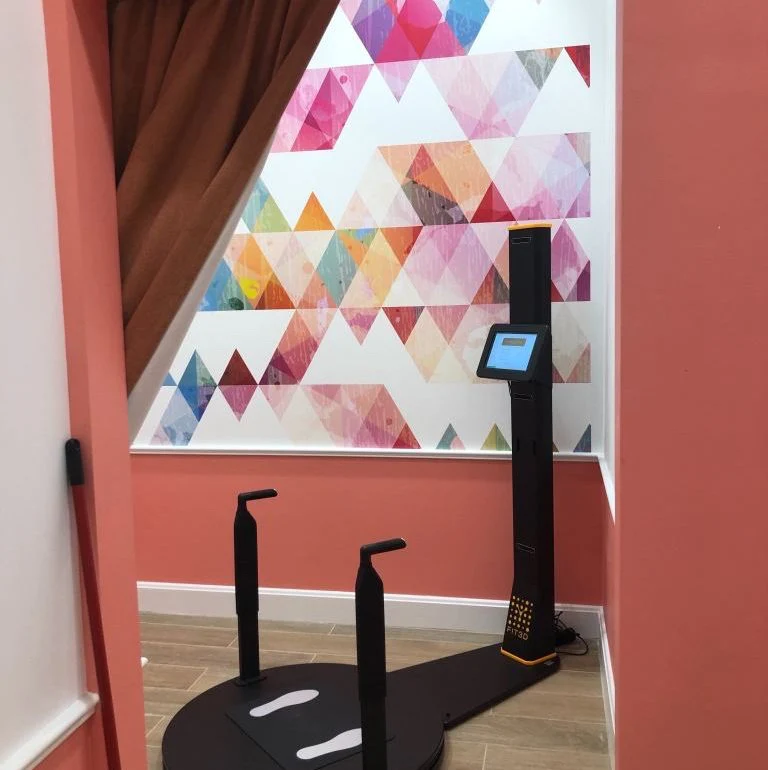
Choosing the right digital signage solution
- Aligns with the brand
- Improves customer experience
- Scalability
- Budget
With all these benefits and amazing use cases of digital signage, you’re probably ready to whip out your wallet. It’s important, however, to understand which solution is the right fit for your business.
1. Aligns with the brand
Digital signage is used across all industries, from healthcare to restaurants. You need a solution specifically designed for retailers. Even within this niche, there are solutions catering to smaller retailers (like Yodeck) and those that entertain enterprise brands (like Spectrio).
Do your research, get demos, ask for case studies and then make your informed decision.
2. Improves customer experience
Many of the most effective uses of digital signage for retail involve customers interacting with the display.
To get the most out of digital signage, you need a solution that supports engagement and interactivity. This can mean anything from setting up interactive screens to changing content at a moment’s notice to cater to the audience’s immediate needs.
3. Scalability
4. Budget
Of course, budget needs to be a consideration.
Again, the budget depends on your goals and how much you have put aside to spend on digital signage. Some brands spend millions on digital signage, while boutique retailers spend a few thousand.
